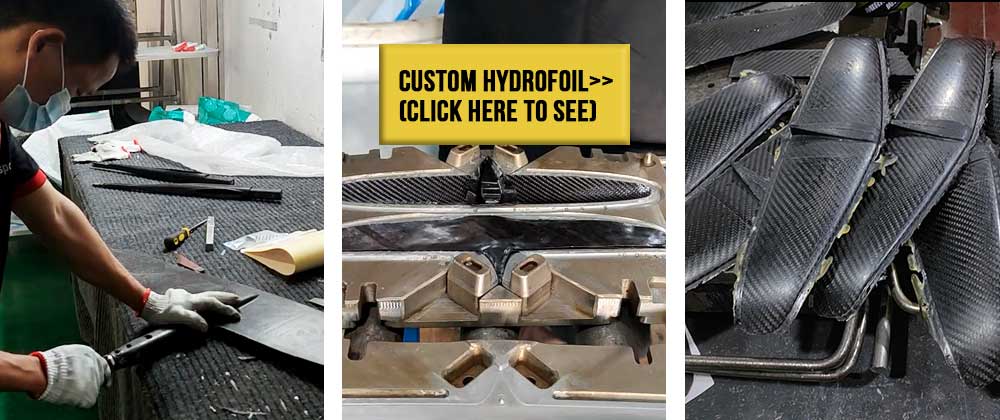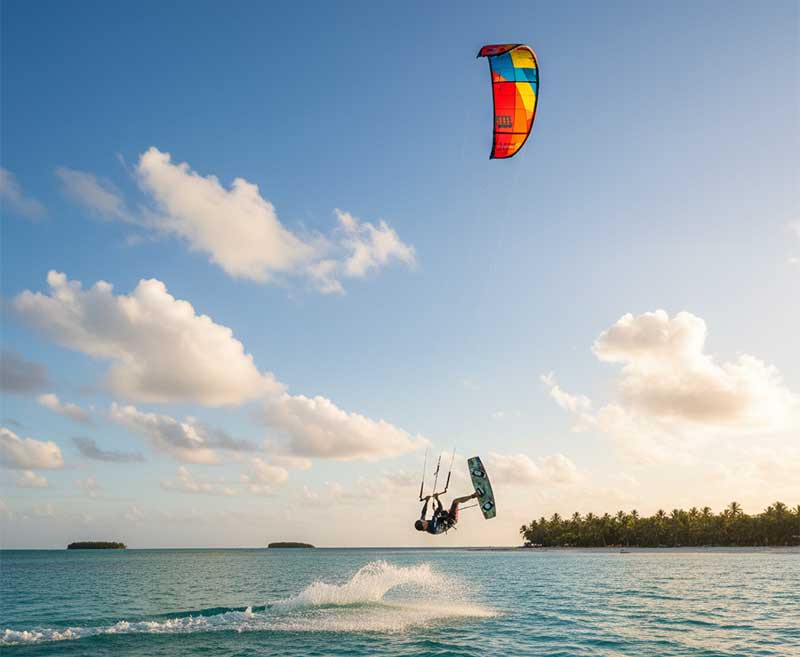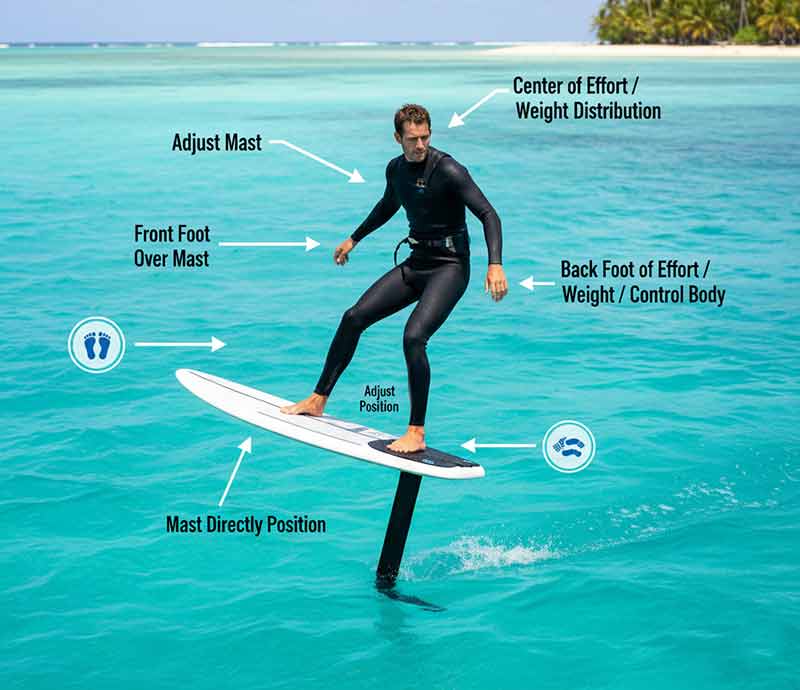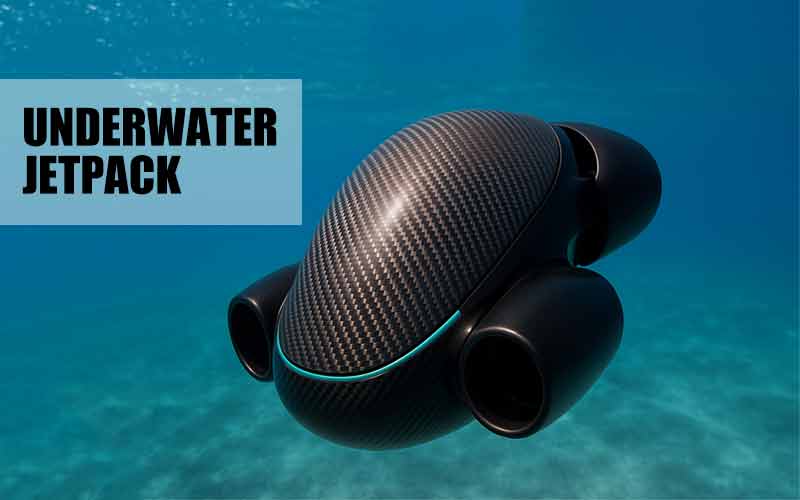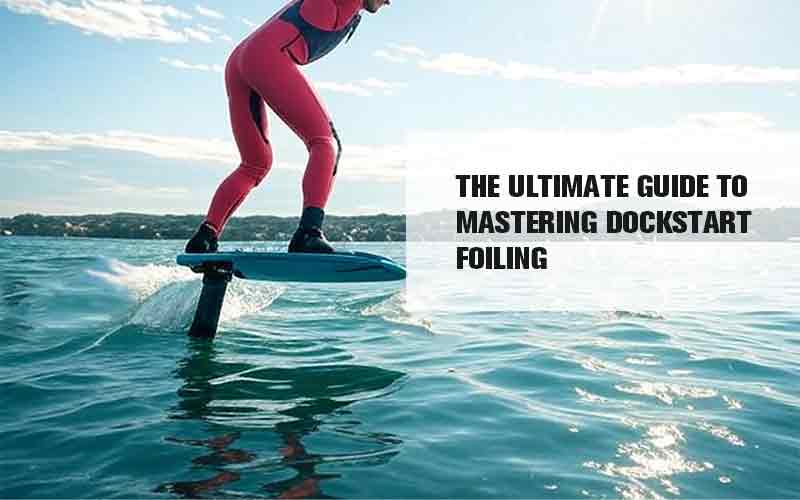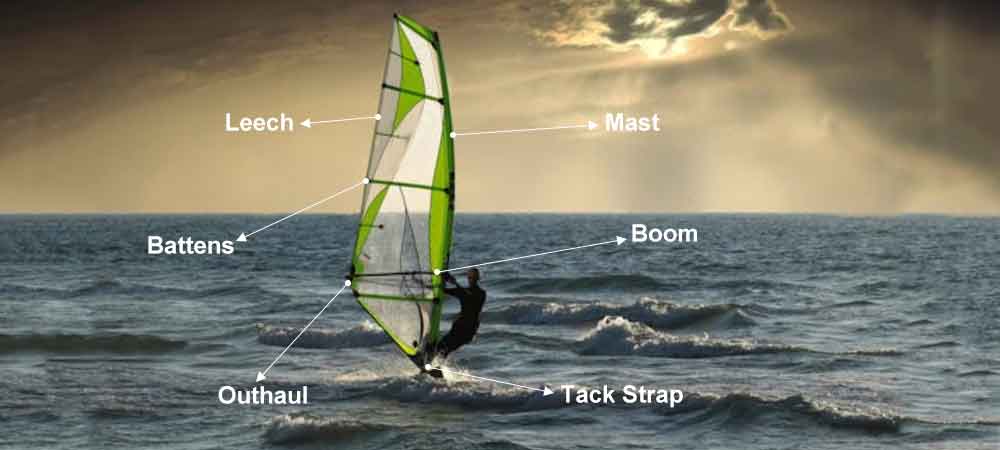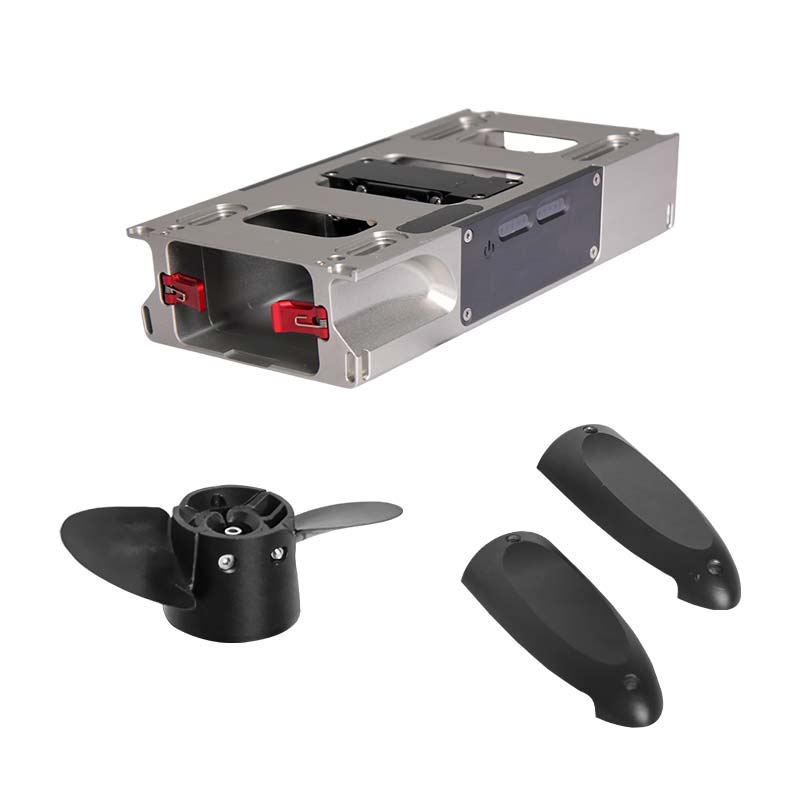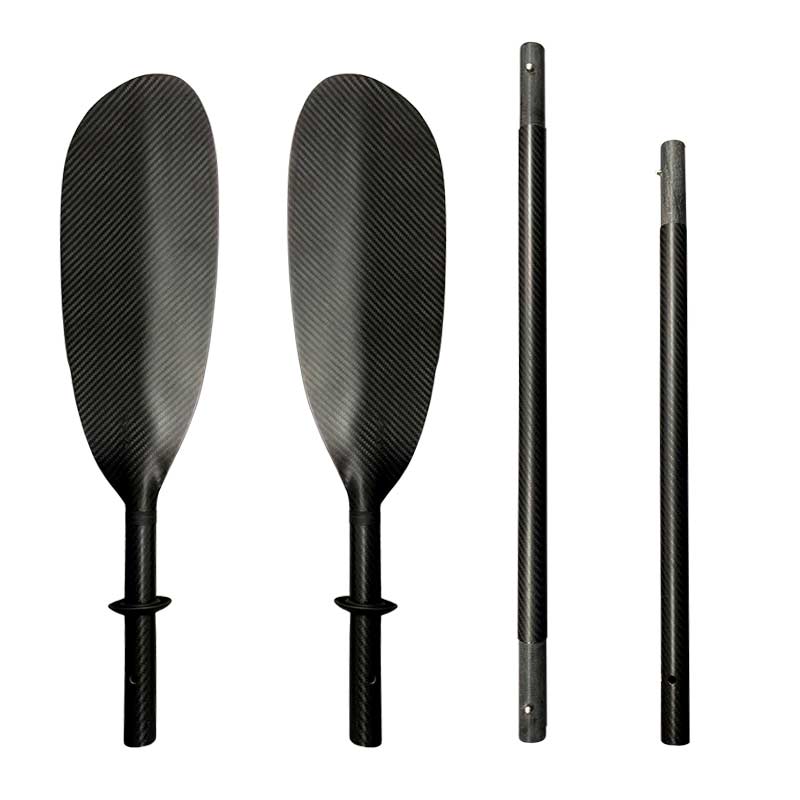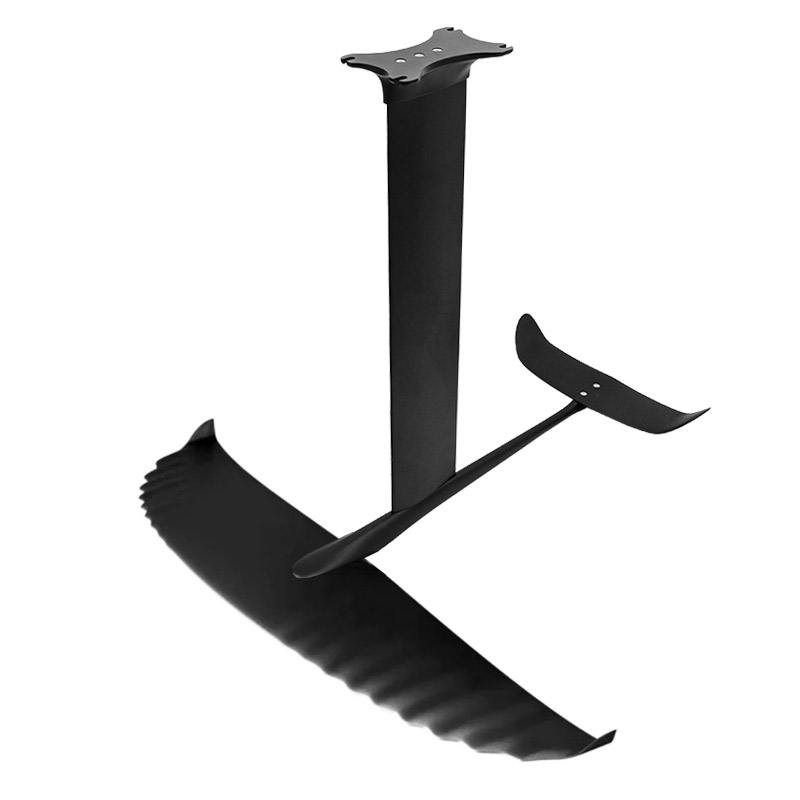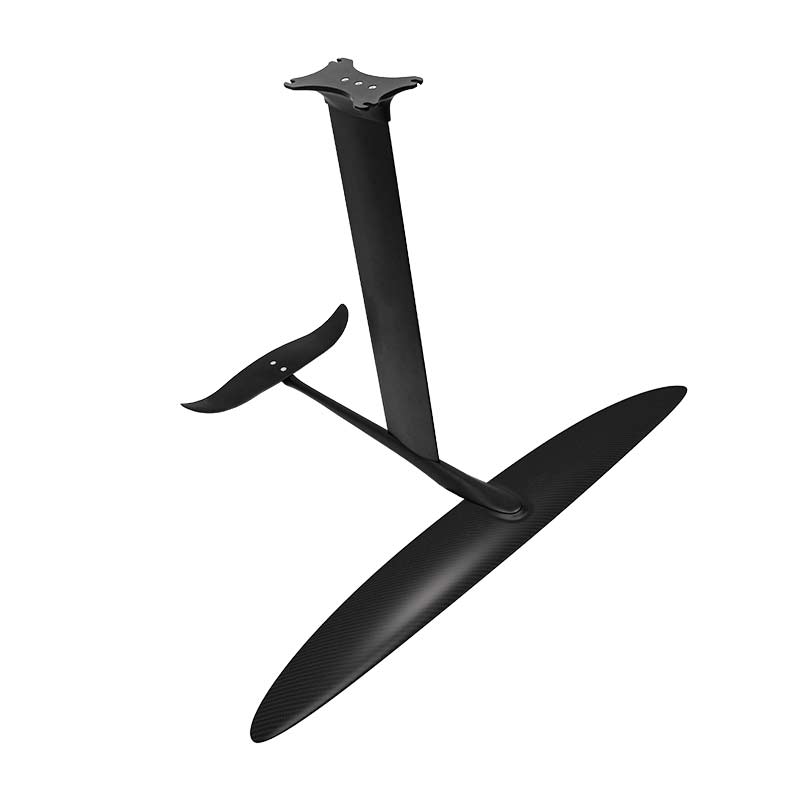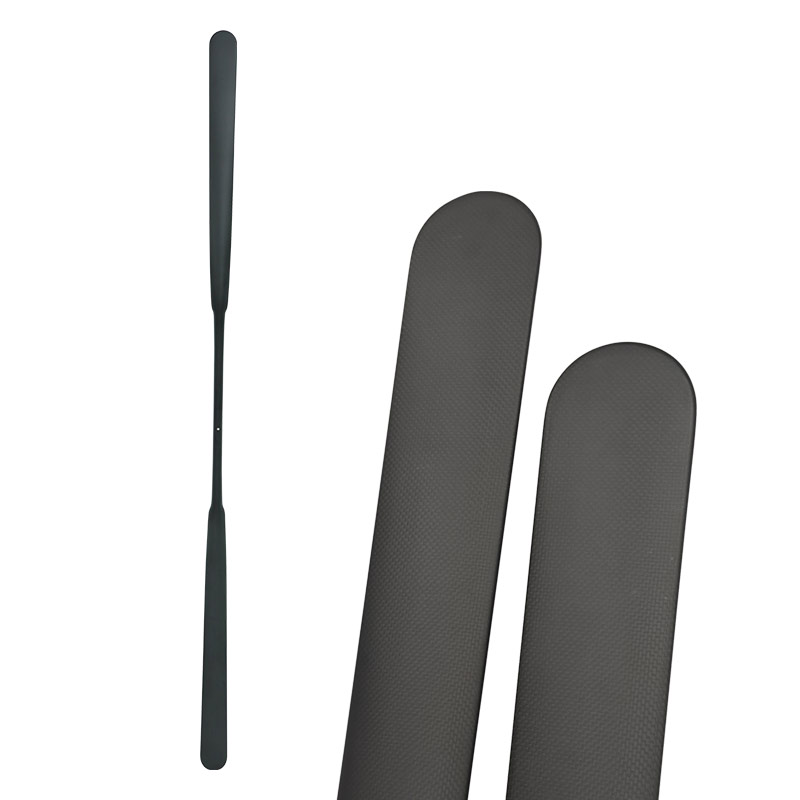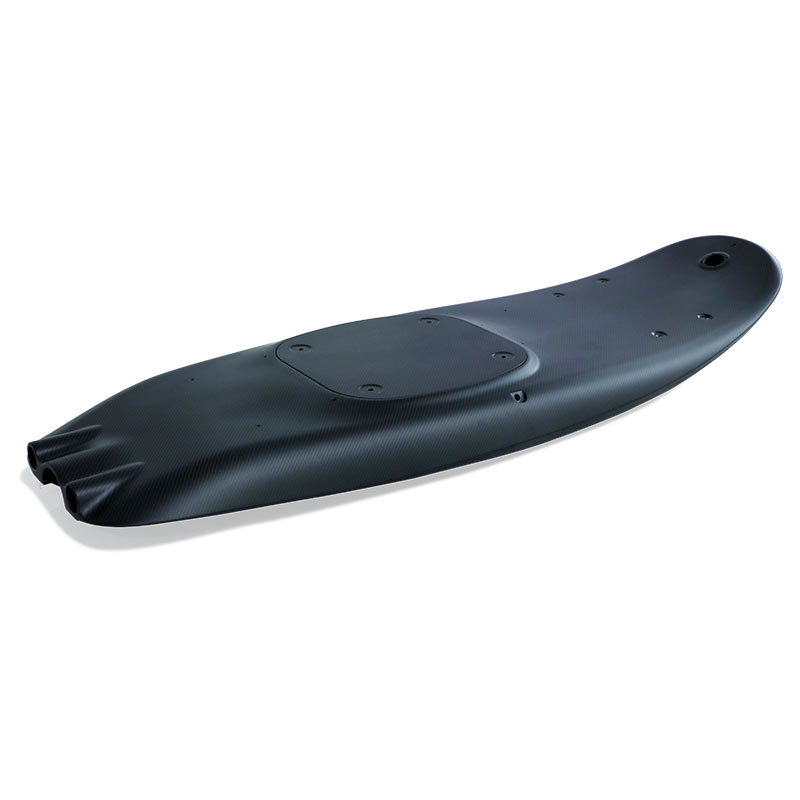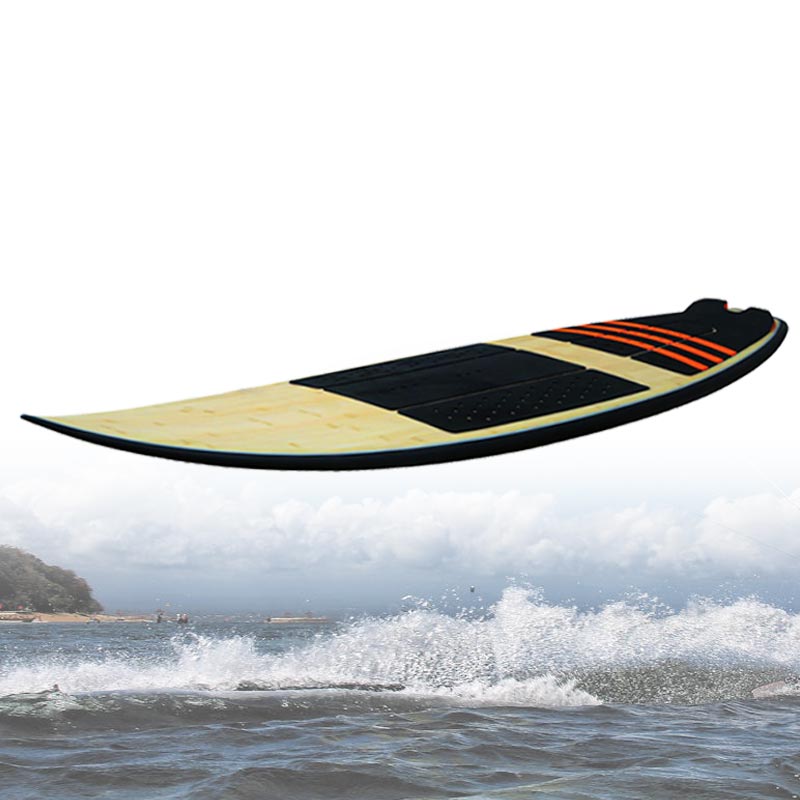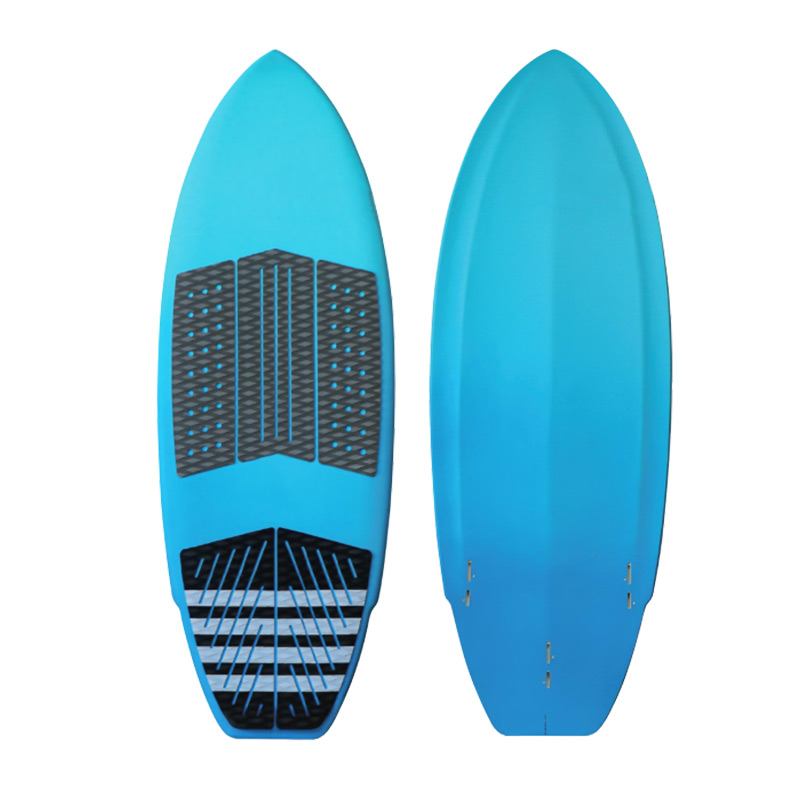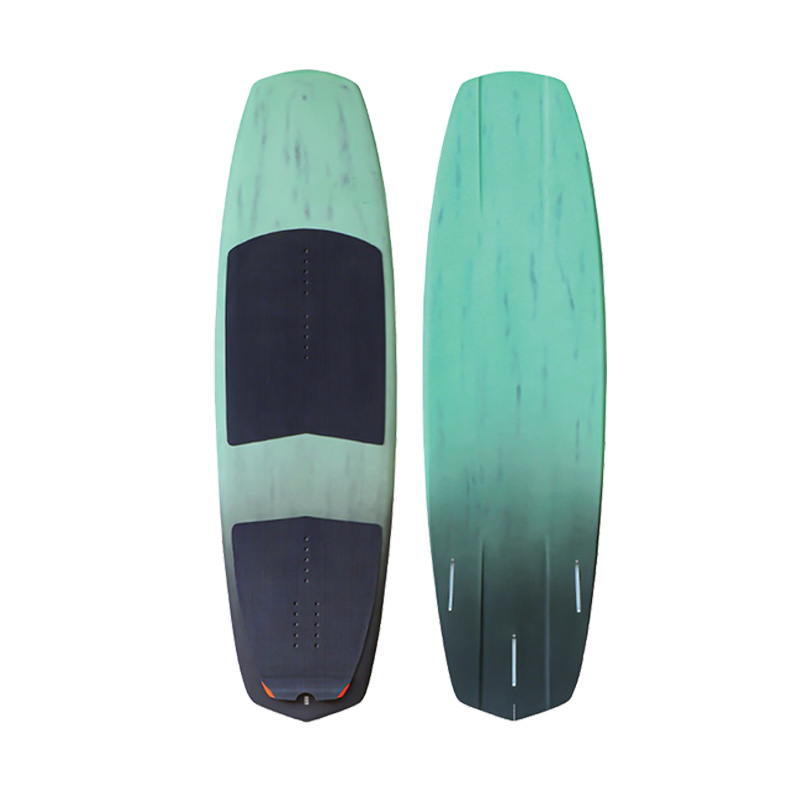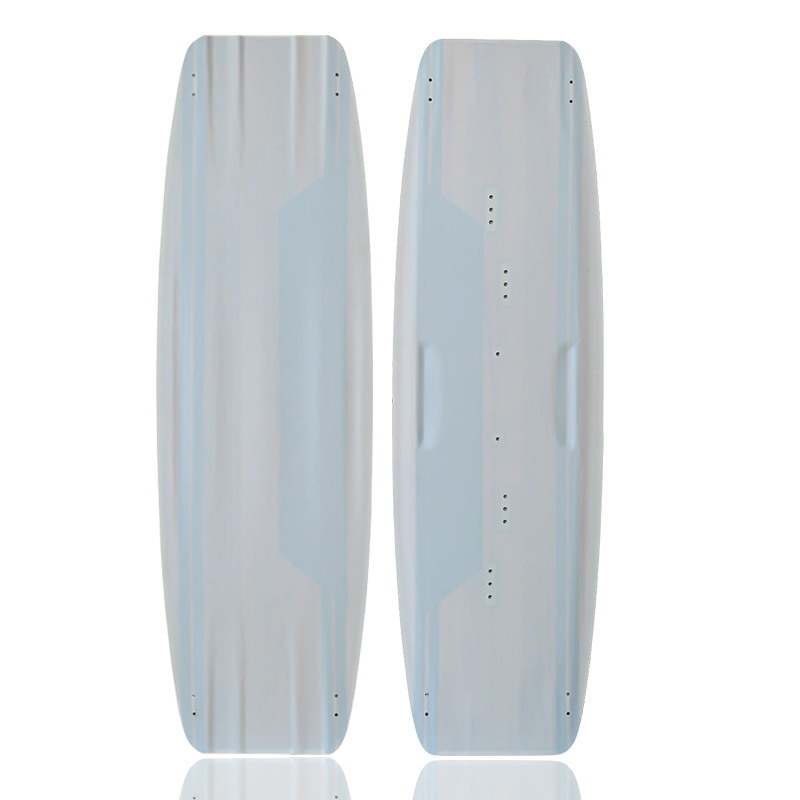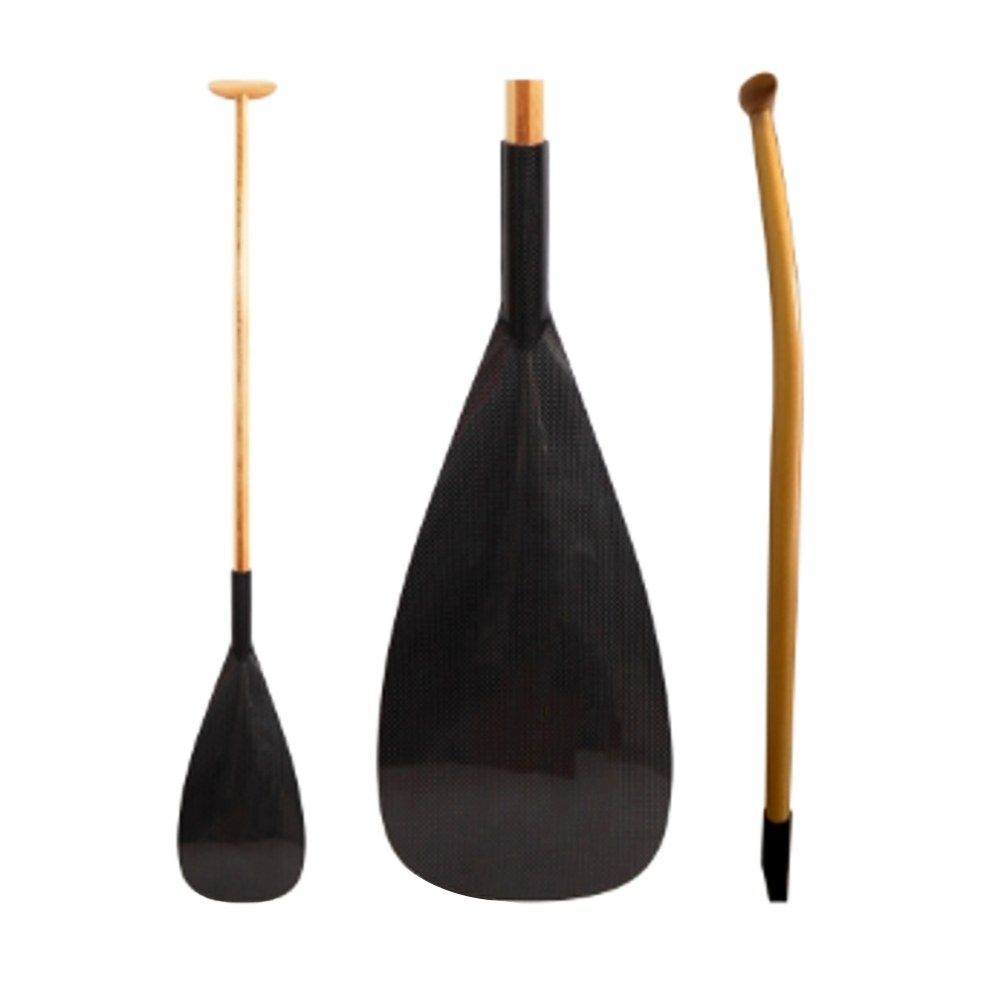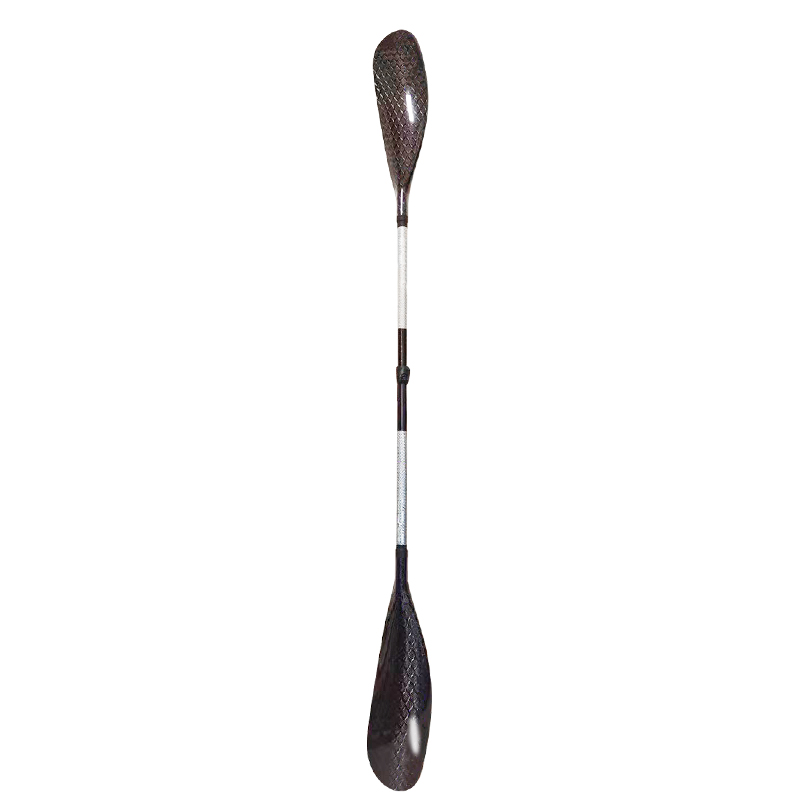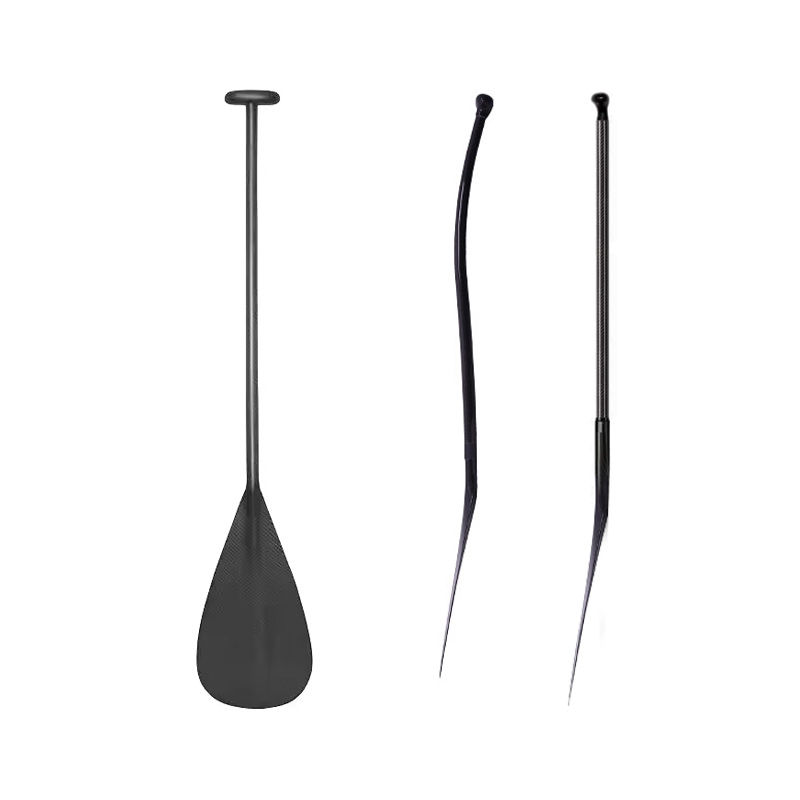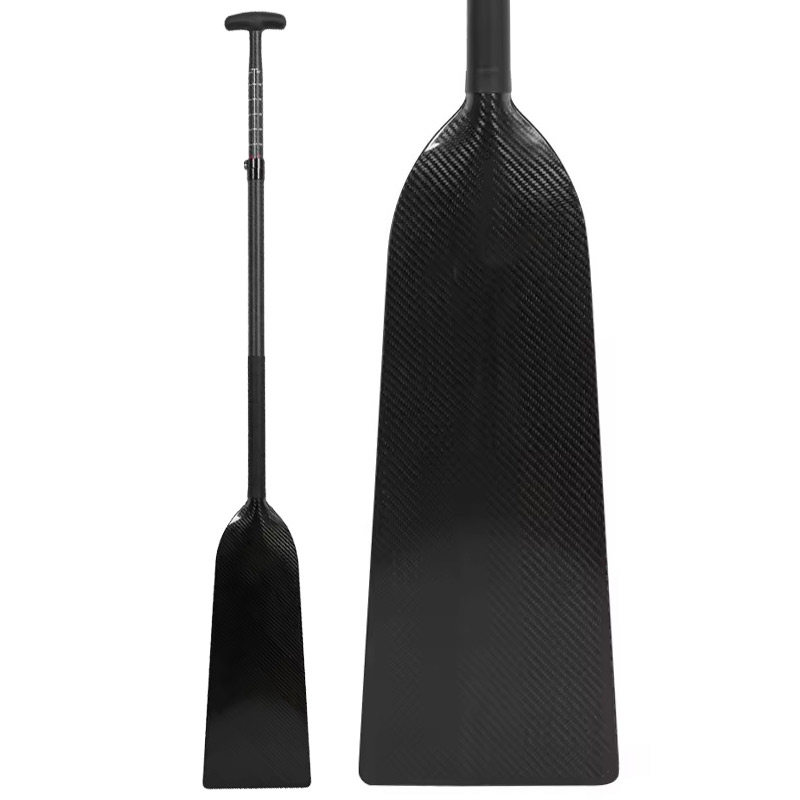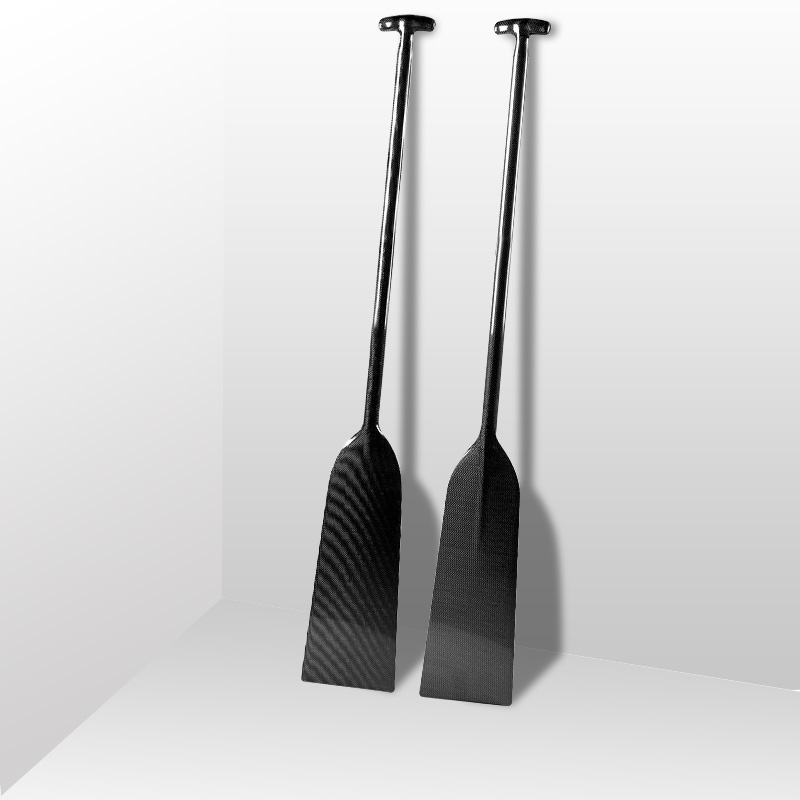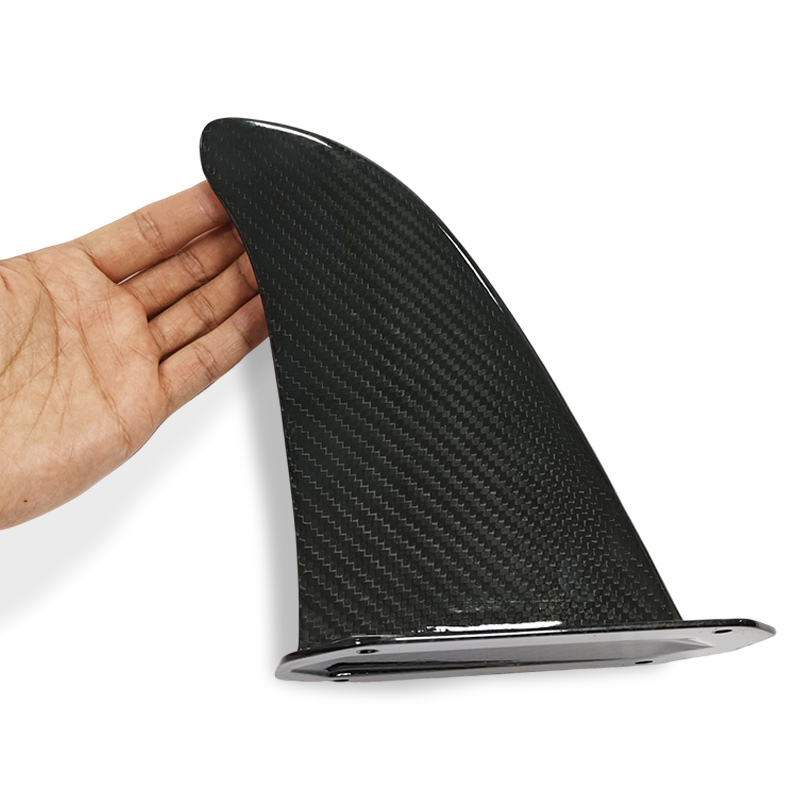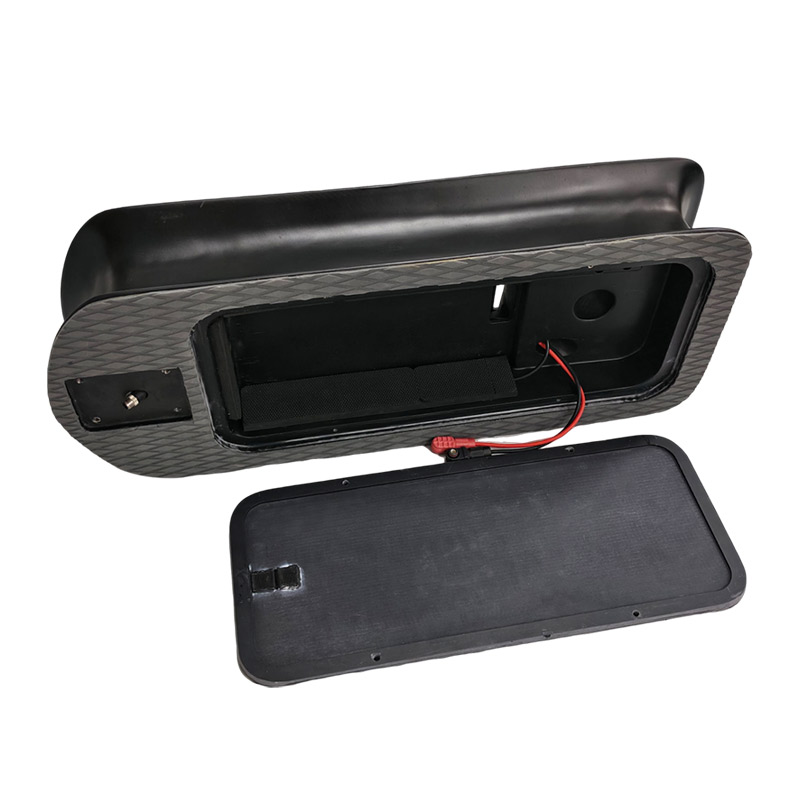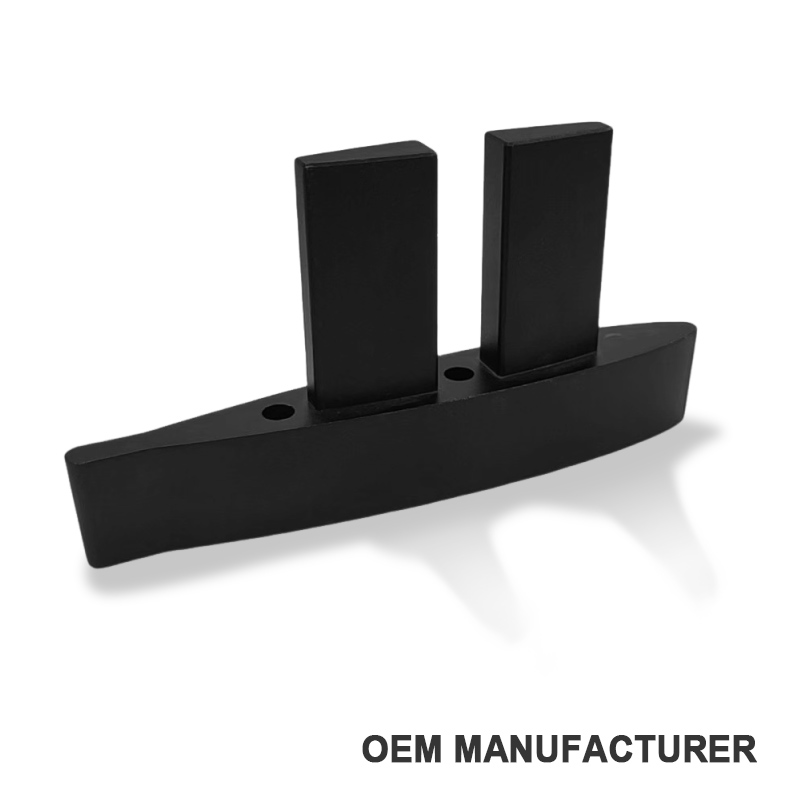This article will tell you about the hydrofoil aspect ratio, what it is, what is the low & high aspect ratio, how to calculate it, and how to choose a foil. And hope it will help you to understand and use it in surfing sports. If you are interested in hydrofoil customization, welcome to click the link to have a see.
In the world of water sports, hydrofoiling has taken the surfing community by storm, quite literally. This innovative technology allows surfers to glide effortlessly above the water’s surface, defying the conventional boundaries of wave riding. At the heart of this hydrofoil technology is the intriguing concept of aspect ratio, a design parameter that plays a pivotal role in defining the performance of these aquatic wings.
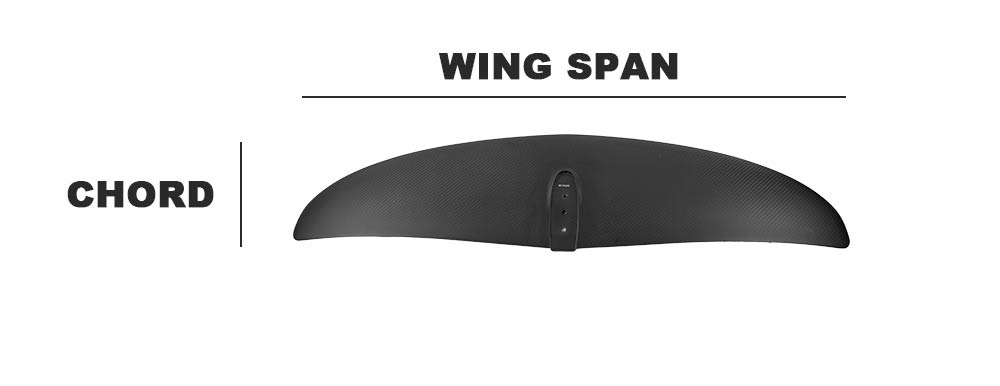
What is the hydrofoil aspect ratio?
Aspect ratio, in the context of hydrofoils, is a measure of the wing’s shape and dimensions. Specifically, it’s the ratio of the wing’s span (distance from tip to tip) to its Mean Chord (the width of the wing from leading edge to trailing edge). In essence, it quantifies how long and slender or short and wide a wing is.
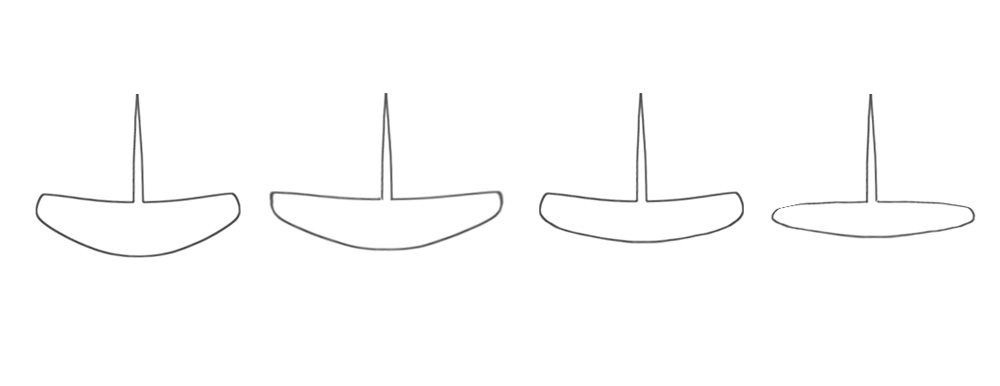
High Aspect Ratio – Efficiency and Speed
Wings with a high hydrofoil aspect ratio, typically characterized by long and slender profiles, offer several advantages in hydrofoiling. They generate more lift with less induced drag, making them highly efficient. This is crucial for surfers who seek greater speed and minimal resistance in the water. High aspect ratio wings also excel in tracking and smooth gliding, providing surfers with an exhilarating ride.
Low Aspect Ratio – Maneuverability and Stability
Conversely, wings with a lower hydrofoil aspect ratio, featuring shorter and wider profiles, prioritize maneuverability and stability. These wings offer excellent control and are easier to handle, making them an ideal choice for novice foilers or those who prefer sharp turns, tricks, and responsive handling in choppier waters.
The Merotomy of Hydrofoil Aspect Ratio
In the world of hydrofoiling, hydrofoil aspect ratio isn’t just a one-size-fits-all concept. There’s a realm of possibilities in between, where “merotomy” comes into play. Merotomy, the practice of altering aspect ratios for the front and rear wings independently, allows surfers to fine-tune their hydrofoil systems to meet specific preferences and conditions. By combining high aspect ratio front wings with lower aspect ratio stabilizers, or vice versa, riders can achieve the perfect balance between efficiency, speed, maneuverability, and stability.
The Hydrofoil Aspect Ratio Range
Aspect ratio in hydrofoils can vary, and what is considered “high,” “low,” or “medium” can differ depending on the specific context and design. However, as a general guideline, you can use the following aspect ratio ranges to define high, low, and medium ratios.
High Aspect Ratio Range
Typically, an aspect ratio greater than 5:1 is considered high.
High hydrofoil aspect ratio wings are long and slender, with a span significantly greater than the average chord width. These wings generate more lift with less induced drag, making them highly efficient for achieving higher speeds and reducing resistance in the water. They are favored by experienced foilers looking for efficiency and speed.
Medium Aspect Ratio
Hydrofoil aspect ratios ranging from approximately 3:1 to 5:1 are often categorized as medium.
Medium aspect ratio wings strike a balance between efficiency and maneuverability. They provide a decent amount of lift while still allowing for responsive handling. Many intermediate riders prefer medium aspect ratio wings because they offer a versatile performance suitable for various conditions and riding styles.
Low Hydrofoil Aspect Ratio
An aspect ratio below 3:1 is generally considered low.
Low aspect ratio wings are shorter and wider, with a span much closer to the average chord width. These wings prioritize maneuverability and stability. They offer excellent control and are often favored by novice foilers or riders who enjoy sharp turns, tricks, and responsive handling in rougher waters.
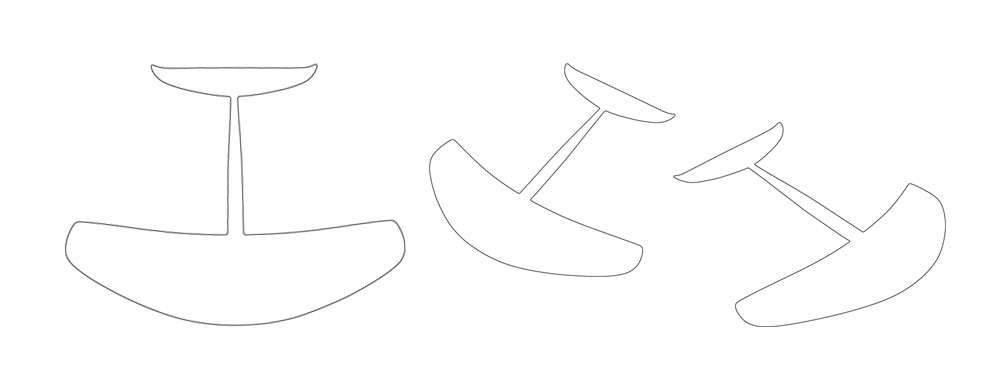
Finding Your Perfect Foil
Aspect ratio, like a musical note in a symphony, is one of the many elements contributing to the harmonious experience of hydrofoiling. It is one of the tools at the disposal of surfers to shape their aquatic artistry. Choosing the right aspect ratio configuration is akin to choosing the right brush strokes for a masterpiece – it’s a nuanced decision that can lead to breathtaking results.
In the ever-evolving world of water surfing, aspect ratio remains a critical component of the hydrofoil design. Whether you’re chasing speed, precision, or the perfect balance, understanding the principles of aspect ratio in hydrofoils can guide you toward the ideal setup for your riding style and the conditions you encounter. The beauty of merotomy is that it provides the opportunity to sculpt your foiling experience, letting you ride the waves the way you’ve always envisioned.
How to calculate the hydrofoil aspect ratio?
The following formula:
Aspect Ratio (AR) = Wing Span² / Project Area
Wing Span is the distance from the tip of one wing to the tip of the other wing. In the case of a hydrofoil, it is the width of the front wing (main wing).
Foil Projected Area is a hydrofoil’s front wing that refers to the surface area of the wing as viewed from directly above or below. It’s an important specification because it affects the hydrofoil’s lift, speed, and maneuverability.
Calculate steps:
Measure the span of the front wing from tip to tip. This measurement should be taken perpendicular to the fuselage.
Measure the project area, to measure the projected area of a hydrofoil front wing, you can follow these steps:
- Lay the Wing Flat: Place the hydrofoil front wing flat on a table or any smooth surface. Ensure that it is oriented horizontally, as you’d see it from above or below.
- Trace the Wing’s Outline: Use a large piece of paper or cardboard that is bigger than the wing. Place the wing on the paper and trace its outline as accurately as possible. This will give you a 2D representation of the wing’s surface area.
- Divide into Sections: If the wing shape is irregular, divide the outline into smaller, simpler geometric shapes like rectangles, triangles, or circles. This will make it easier to calculate the area.
- Calculate the Area of Each Section: Use basic geometry formulas to calculate the area of each section:
- For rectangles: Area = length × width
- For triangles: Area = ½ × base × height
- For circles or segments: Use the formula for the area of a circle or circle segment if applicable.
- Sum the Areas: Add up all the individual areas of the sections to get the total projected area of the front wing.
- Use Software (Optional): Alternatively, if you have access to design software (like CAD or image editing software), you can scan or photograph the wing and calculate the projected area using the software’s measurement tools.
Use the formula to calculate the Hydrofoil aspect ratio: AR = Wing Span² / Project Area
The resulting aspect ratio value will help you classify the hydrofoil wing as having a high, medium, or low aspect ratio, as discussed in previous responses. This aspect ratio value is a critical parameter in hydrofoil design, affecting the wing’s performance characteristics, including lift, drag, and stability.
In Conclusion
Knowing how to calculate the hydrofoil aspect ratio can not only help you to choose your foil but also let you become professional, hope this post will be helpful for you. Welcome to share it to someone who needs help.

